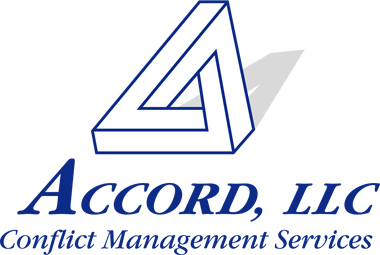
610.783.4519
Helping Businesses Get Back To Business
Avoiding Business Disputes (02/00)
Author: Judy Weintraub, Esq.
A small computer programming company (“C”) landed a large cost-plus contract with a bank to develop some customized database software. Midway through the project, the bank’s project manager asked C’s project manager to make some additional changes to the software. C’s project manager explained that the changes would require a lot of rework, extra labor and additional time. The bank’s project manager told him to proceed with the work so as not to slow down the project, and they would discuss any extra charges later.
C submitted a bill for the work, which included an extra $30,000 for the changes. A few months after C submitted the bill, the bank had still not paid the invoice. Upon inquiry, it was learned that the bank was denying that its project manager had authority to direct changes to the work, and accordingly the bank was refusing to pay the portion of the bill pertaining to the extra work.
Although this was the first project that C had done for the bank, it had anticipated a long and fruitful relationship with the bank that C did not want to jeopardize. However, it could not afford to abandon the $30,000 for the changes that the bank’s project manager had requested. Bringing a lawsuit against the bank for this money was out of the question; not only would this impair the business relationship, but also C knew that the cost of litigation would eat most if not all of the $30,000 at stake. Attempts to discuss the matter further with the bank were unsuccessful.
What should C do? One course of action is to put into place certain policies and procedures to prevent such a situation from happening in the future. The best way to resolve a dispute is to prevent it from occurring in the first place. Below is a list of some steps that any company should consider implementing to avoid change order disputes:
—Adopt an internal policy that no contract changes are to be implemented until the customer provides a statement in writing that it will pay for the additional expense associated with implementing the changes.
—Make sure that any contract requirements pertaining to change orders are properly followed. The contract may require that C advise the customer in writing within so many days from notice of a change as to the impact of the change. In order for C to be reimbursed for its expenses related to a change, it must follow the contractual requirements.
—If a draft contract does not spell out the procedures for changes, then request that a provision be added to the contract addressing the proper procedure for changes, identifying who has authority to direct changes and requiring that requests for changes be in writing. Such a clause might read as follows:
Customer may request changes in the scope of work. Requests for changes shall be made in writing, signed by an authorized representative of Customer. The term “authorized representative” shall include the following individuals:
__________________(up to $___), _________________(up to $___), and __________________. Contractor shall not be required to implement any requested changes without prior written agreement, signed by Customer’s authorized representative, to pay for any additional labor Contractor incurs with regard to the requested change. Contractor shall be entitled to recover from the Customer the labor costs and other expenses associated with implementing the change at the rates set forth herein, or if none, then at Contractor’s standard labor rate.
—Require project managers to verify the authority level of the customer’s representative whenever changes are requested.
—Provide training to its project managers in basic contract law, including such topics as agency and change order procedures.
In addition to taking these steps, C would be wise to include a provision in its contracts requiring the parties to submit any dispute to mediation and to participate in such mediation in good faith. If a business dispute does arise, then C has an opportunity to resolve the dispute without going to court.
Copyright 2010 ACCORD, LLC.